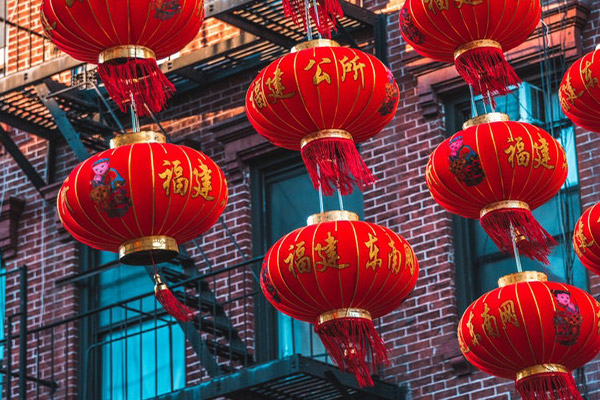To overcome greed one has to have a sense of renunciation. With a sense of renunciation, one can get rid of or control one's greed and desire. In order to overcome selfishness, one must have bodhicitta. With bodhicitta, one can reduce or eliminate selfishness. And, to overcome attachment, one has to realize and attain emptiness. Once the realization of emptiness is attained, all the issues including greed, selfishness and attachment will eventually be resolved. Therefore, it is most crucial to realize and attain emptiness.
~ Depicted from Luminous Wisdom Book Series 4












